#arabinose
Explore tagged Tumblr posts
Text
Figure 22.1 shows the names and Fischer projections for all D-aldotrioses, tetroses, pentoses and hexoses.
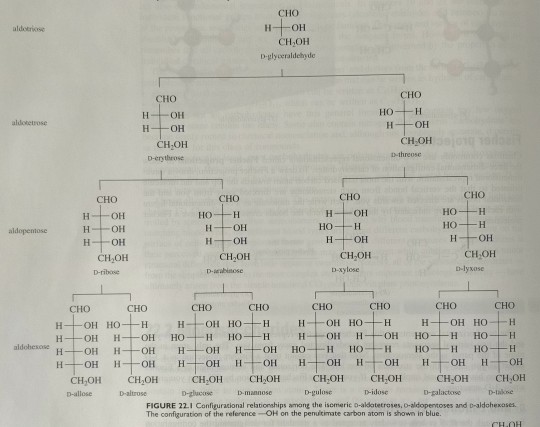
"Chemistry" 2e - Blackman, A., Bottle, S., Schmid, S., Mocerino, M., Wille, U.
#book quotes#chemistry#nonfiction#textbook#fischer projection#aldotriose#aldotetrose#aldopentose#aldohexose#glyceraldehyde#erythrose#threose#ribose#arabinose#xylose#lyxose#allose#altrose#glucose#mannose#gulose#idose#galactose#talose
1 note
·
View note
Link
CPL's daily case study on tumblr.... CPL Business Consultants analysed existing markets and opportunities for L-arabinose, discussing trends, developments and regulatory issues.
0 notes
Text
In grass cell walls, lignin-carbohydrate linkages are largely via ferulate groups attached to arabinose residues in GAX (see Figure 14.11C).

"Plant Physiology and Development" int'l 6e - Taiz, L., Zeiger, E., Møller, I.M., Murphy, A.
#book quote#plant physiology and development#nonfiction#textbook#plant cells#cell wall#grass#lignin#carbohydrates#linkage#ferulate#arabinose#glucuronoarabinoxylan#gax
0 notes
Text
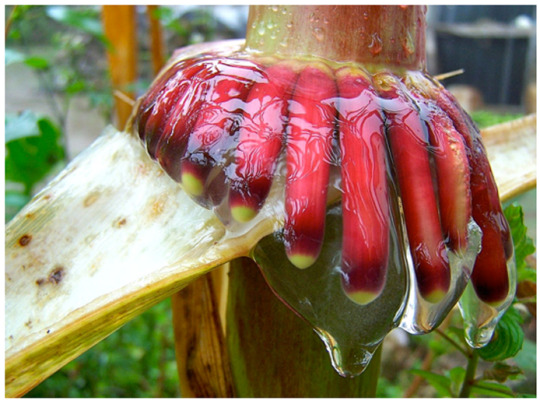
The aerial roots of Sierra Mixe maize secrete large quantities of mucilage between 3 and 6 months after planting. The mucilage is carbohydrate rich, with the composition dominated by arabinose, fucose, and galactose. [x]
183 notes
·
View notes
Text
0 notes
Text
0 notes
Text
0 notes
Text
Figure 14.10 illustrates a hypothetical scheme for linkage of HG, RG I, and RG II.
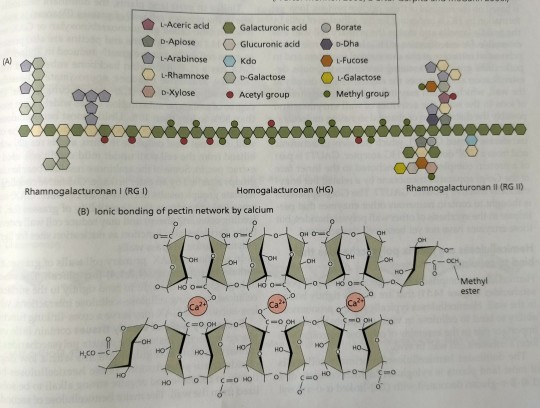

"Plant Physiology and Development" int'l 6e - Taiz, L., Zeiger, E., Møller, I.M., Murphy, A.
#book quotes#plant physiology and development#nonfiction#textbook#linkage#homogalacturonan#rhamnogalacturonan#pectin#network#ionic bond#calcium#aceric acid#apiose#arabinose#rhamnose#xylose#galacturonic acid#glucuronic acid#kdo#galactose#acetyl#borate#dha#fucose#methyl
0 notes
Link
CPL's daily case study on tumblr.... CPL Business Consultants obtained the evidence required by an ethical committee to show it was safe to conduct a human trial with l-arabinose.
0 notes
Link
0 notes
Text
Foods, Vol. 13, Pages 2248: Dietary Pectin from Premna microphylla Turcz Leaves Prevents Obesity by Regulating Gut Microbiota and Lipid Metabolism in Mice Fed High-Fat Diet
The present study was designed to investigate the protective effects of pectin extracted from Premna microphylla Turcz leaves (PTP) against high-fat-diet (HFD)-induced lipid metabolism disorders and gut microbiota dysbiosis in obese mice. PTP was made using the acid extraction method, and it was found to be an acidic pectin that had relative mole percentages of 32.1%, 29.2%, and 26.2% for galacturonic acid, arabinose, and galactose, respectively. The administration of PTP in C57BL/6J mice inhibited the HFD-induced abnormal weight gain, visceral obesity, and dyslipidemia, and also improved insulin sensitivity, as revealed by the improved insulin tolerance and the decreased glucose levels during an insulin sensitivity test. These effects were linked to increased energy expenditure, as demonstrated by the upregulation of thermogenesis-related protein UCP1 expression in the brown adipose tissue (BAT) of PTP-treated mice. 16S #rRNA gene sequencing revealed that PTP dramatically improved the HFD-induced gut dysbiosis by lowering the ratio of Firmicutes to Bacteroidetes and the quantity of potentially harmful bacteria. These findings may provide a theoretical basis for us to understand the functions and usages of PTP in alleviating obesity. https://www.mdpi.com/2304-8158/13/14/2248?utm_source=dlvr.it&utm_medium=tumblr
0 notes
Text
Exploring the Classification of Biorefinery Systems
A biorefinery can be defined as a facility that incorporates biomass conversion procedures and equipment to generate power, chemicals, and fuels from forest, waste, and agriculture feedstock.
By different numerous products, a biorefinery can take benefit of the accessibility of various biomass streams as well as process intermediates and enhance the value produced from the feedstock.

Process and Uses of Biorefinery
Bioproducts are formed by altering organic resources into chemicals to make products that are generally produced from different fossil fuels like petroleum. The biorefinery utilizes hemicellulose, lignin, and cellulose from forestry, municipal, and agricultural waste sources and utilizes them as feedstocks to produce different bio-products.
Products comprise hydrogen, ethanol, carbon char (employed as an ecologically sound fertilizer as well as to eliminate impurities from industrial smokestacks), industrial glues, bio-oils, flavorings, and various other industrial chemicals.
These products are utilized in agricultural, transportation, energy production, textiles, pharmaceuticals, building products, paper, and bioplastics sectors.
Classification of Biorefinery Systems
Biorefineries can be classified on the basis of 4 key features:
Platforms: Platforms refer to important intermediates between raw materials and final products. Key intermediates include:
Syngas from gasification.
Biogas from anaerobic digestion.
Hydrogen from steam reforming, water-gas shift reaction, and water electrolysis.
C5 sugars, like xylose, and arabinose, from hydrolysis of hemicellulose and food & feed side streams.
C6 sugars from hydrolysis of starch, sucrose, hemicellulose, and cellulose.
Liquid from pyrolysis (pyrolysis oil)
Lignin from lignocellulosic biomass processing.
Products: Biorefineries can be assembled in 2 major categories as per the alteration of biomass in a non-energetic or energetic product. Products are further categorized into 2 types:
Material-driven biorefinery systems: In this, the key product is a bio-based product.
Energy-driven biorefinery systems: Whereas, in energy-driven biorefinery systems, the key product is a second energy carrier as power, heat, and biofuels.
Feedstock: Dedicated feedstocks (Starch crops, marine biomass, sugar crops, lignocellulosic crops, grasses, oil-based crops); and residues (lignocellulosic residues, organic residues, oil-based residues, and more)
Processes: Alteration procedure to make biomass into a final product:
Physical or Mechanical: The biomass components' chemical structure is preserved. This process comprises milling, pressing, distillation, and separation.
Biochemical: Processes under low pressure and temperature, using enzymes or microorganisms.
Chemical processes: The substrate suffers alteration due to an external chemical like hydrolysis, hydrogenation, transesterification, pulping, and oxidation.
Thermochemical: Severe conditions are applied to the feedstock (high temperature and high pressure, without or with catalyst).
What are the Benefits of Biorefineries?
Offers economic progression opportunities to both the forestry and agricultural sectors.
Helps to national energy requirements by delivering various fuels.
Creates its energy, cleanly.
Employs municipal and local agricultural wastes, leading to fewer disposal issues.
Creates chemical commodities, bioproducts, and fuels in an ecologically sustainable means, for instance, decreasing greenhouse gas releases.
Generates an economically competitive production procedure.
To Wrap it All Up
With the requirement for geopolitical energy security, rising energy independence, and pressure for environmental sustainability, the biorefinery industry will reach a value of USD 268.3 billion by the end of this decade.
#Biorefinery Market Share#Biorefinery Market Size#Biorefinery Market Growth#Biorefinery Market Applications#Biorefinery Market Trends
1 note
·
View note
Text
Give Your Plants the Right Nutrients So They Can Grow Better
Bring a few Advanced Nutrients Bud Candy home for your plants nowadays! This 100% natural blossom booster gives capable plant vitality when required most. Whether your plants are sprouting or planning for the sprout stage, this can be the time to obtain this item.
Look forward to superior flavours, higher yields, and more overwhelming plants.
Begin By Giving Flower-Boosting Vitality When Your Plants Most Require It
Getting candy means more excellent harvests once you grant your plants carbohydrates that boost their vitality. Typically, a critical reality to keep in mind: amid the top sprout cycle, your plants’ sugar requirement surpasses their capacity to make sugars. The more you thrust them, the more C02 and nutrients you grant them, the more they require carbos, and the more they drop behind.

The resulting carbo shortfall is the same thing that happens when competitors collapse close to the conclusion of an overwhelming competition. And it’s why carbo-loading could be a favourite strategy competitors use to keep going crucial for triumph when others drop and fall flat.
Not Just Any Carbohydrates, But the Correct Ones for Your Plants
Carbo-loading your plants requires a strength equation. In reality, your plants best assimilate straightforward or complex carbohydrates. This is when they are displayed as Arabinose, Dextrose, Glucose, Maltose, and Xylose from Raw Cane Extract, Malt Extract, Cranberry Extract, and other premium carbohydrate sources.
Not as it were does this conclusion mid-bloom hang, but these materials, too, fuel useful microscopic organisms and parasites in your root zone. When introducing advantageous microscopic organisms and parasites in your root zone, they flourish best when remotely given carbohydrates. Beneficial bacteria and parasites increment root mass and nutrient assimilation, secure roots, and deliver hormones that stimulate floral size, potency, and value.
So, you’ve looked at using the correct sorts of carbos to supply vitality and root upgrades. What else can you do to form gourmet blooms with upgraded taste, size, strength, and smell? It turns out that by giving the list of carbo sources we just examined, you’re also making strides in the taste and scent of your plants.
Conclusion
Whether your plants are in the blossom stage right now or you’re planning for the blossom stage, this is often the time to get 100% natural advanced nutrients organic and get a sweet taste, fatter buds, and more grounded plants.
0 notes
Text
L-(+)-Arabinose (Highly Pure)
L-(+)-Arabinose (Highly Pure) Catalog number: B2015151 Lot number: Batch Dependent Expiration Date: Batch dependent Amount: 5 mg Molecular Weight or Concentration: 150.13 Supplied as: Powder Applications: a molecular tool for various biochemical applications Storage: RT Keywords: (+)-Arabinose Grade: Biotechnology grade. All products are highly pure. All solutions are made with Type I ultrapure…
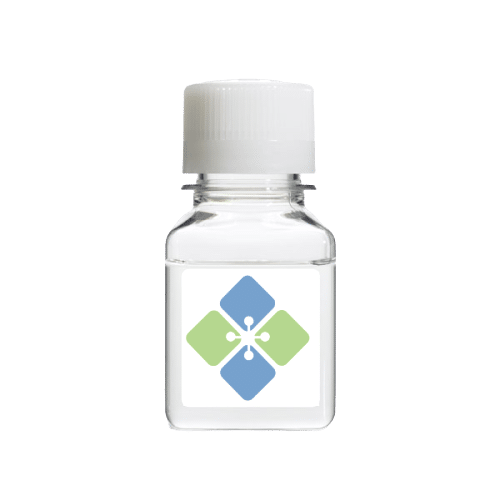
View On WordPress
0 notes
Text
Gum Arabic Market Innovations: Advancements Shaping the Industry
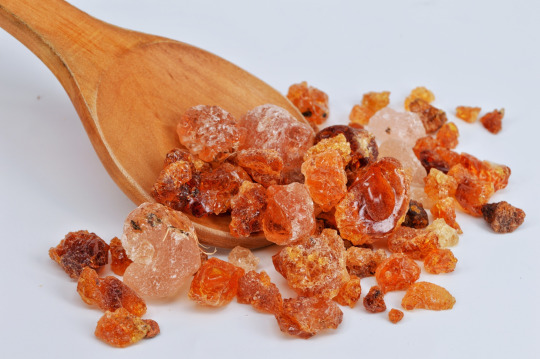
Gum Arabic, also known as Acacia gum or E414, is a natural plant-derived substance harvested from various species of Acacia trees, primarily found in the African and Middle Eastern regions. This edible sap has been utilized for centuries across different cultures and industries due to its versatile properties and applications. In this article, we will delve into the comprehensive aspects of the Gum Arabic market, covering its definition, market overview, growth prospects, industry landscape, and emerging trends.
Definition: Gum Arabic is a water-soluble polysaccharide derived from the exudates of Acacia trees. It consists mainly of arabinose and galactose sugars, making it an essential hydrocolloid with unique functional properties. This natural gum is widely recognized for its emulsifying, stabilizing, thickening, and gelling capabilities, making it a valuable ingredient in various industries, including food and beverages, pharmaceuticals, cosmetics, and printing.
Market Overview: The Gum Arabic market has experienced steady growth over the years, driven by its expanding applications and the rising demand for natural and clean-label ingredients. It plays a pivotal role as a natural stabilizer and emulsifier in the food and beverage industry, particularly in the production of soft drinks, confectionery, and baked goods. Moreover, Gum Arabic is gaining prominence in the pharmaceutical sector due to its use as a binder and excipient in tablet formulations.
Market Growth: The Gum Arabic market is poised for significant growth in the coming years, owing to several factors. The increasing consumer preference for natural and organic products has boosted its adoption in the food and beverage industry. Additionally, the rising awareness of the health benefits associated with Gum Arabic, such as its prebiotic properties, further fuels market growth. The pharmaceutical and nutraceutical sectors are expected to witness substantial demand as well, driven by its application in drug delivery systems and dietary supplements.
Market Industry: The Gum Arabic market industry is characterized by a diverse range of players, including manufacturers, suppliers, and distributors. Key producers are primarily concentrated in the regions where Acacia trees are abundant, such as Sudan, Chad, and Nigeria. These countries contribute significantly to global Gum Arabic production. The market is highly competitive, with companies continually focusing on research and development to enhance the quality and functionality of Gum Arabic-based products.
Trends: Several emerging trends are shaping the Gum Arabic market. One notable trend is the increasing use of Gum Arabic in the cosmetics and personal care industry due to its natural and skin-friendly properties. Furthermore, sustainability and responsible sourcing practices are becoming crucial, with consumers and businesses alike emphasizing ethical and environmentally friendly Gum Arabic production. This aligns with the broader global trend towards sustainability and eco-consciousness in the food and ingredient industry.
In conclusion, Gum Arabic is a versatile natural ingredient with a wide array of applications across various industries. Its steady growth, driven by consumer preferences for natural products, health benefits, and expanding applications, positions it as a pivotal component in the global market. As the market evolves, keeping pace with emerging trends such as sustainability and its diversification into new industries, Gum Arabic is likely to continue playing a vital role in shaping the future of the food, pharmaceutical, and cosmetics sectors.
1 note
·
View note
Quote
Oleandrin is a cardiac glycoside found in the poisonous plant oleander (Nerium oleander L.).[1] As a main phytochemical of oleander, oleandrin is associated with the toxicity of oleander sap, and has similar properties to digoxin.[1] Oleander has been used in traditional medicine for its presumed therapeutic purposes, such as for treating cardiac insufficiency. There is no clinical evidence that oleander or its constituents, including oleandrin, are safe or effective. Oleandrin is not approved by regulatory agencies as a prescription drug or dietary supplement.[1] Structure and reactivity The structure of oleandrin contains a central steroid nucleus with an unsaturated lactone ring structure on C17 and a dideoxy arabinose group on C3. In addition, the steroid ring has a substitute of an acetyloxy group on C16
Oleandrin - Wikipedia
0 notes